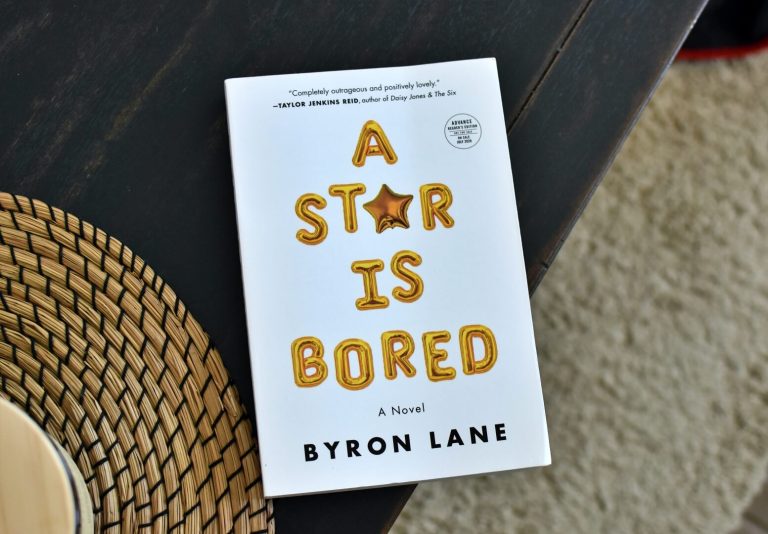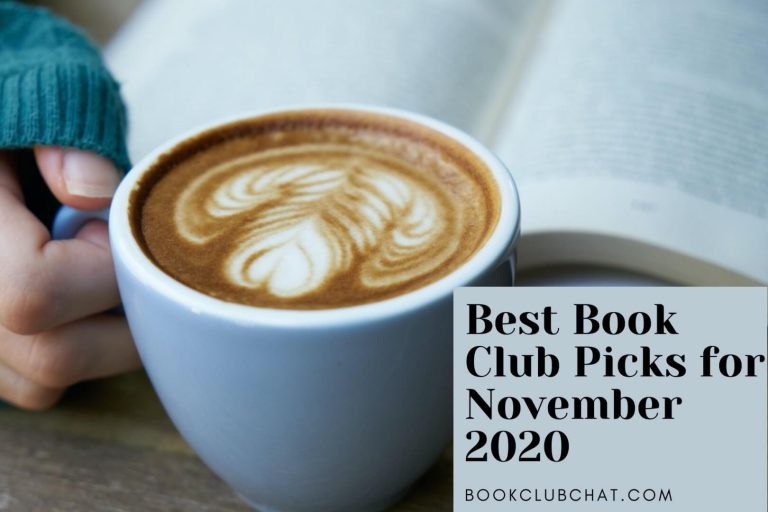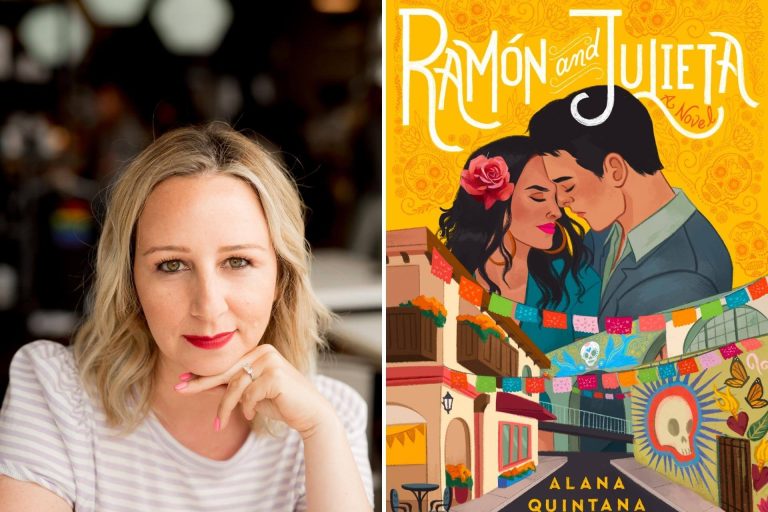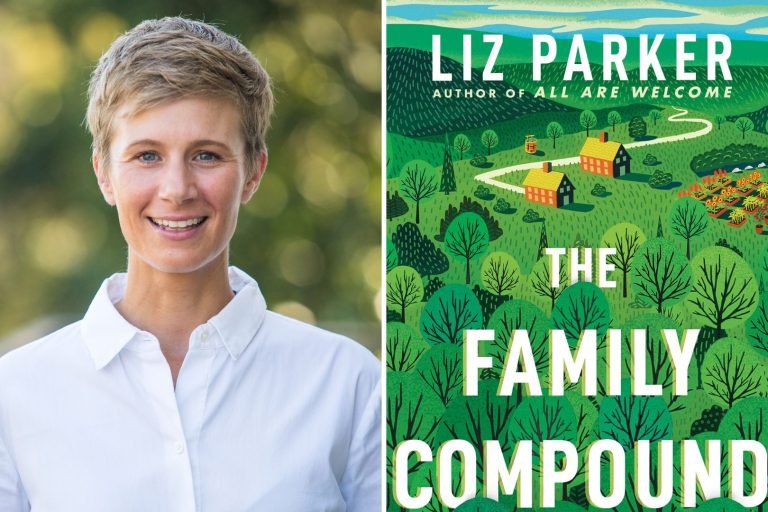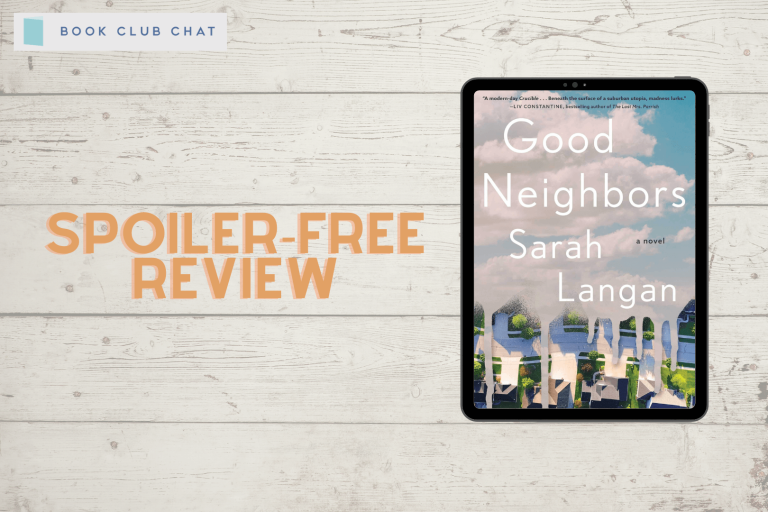This post contains links to products that I may receive compensation from at no additional cost to you. View my Affiliate Disclosure page here.
Jenni L. Walsh is the author of A Betting Woman: A Novel of Madame Moustache, which is available now.
Jenni L. Walsh worked for a decade enticing readers as an award-winning advertising copywriter before becoming an author. Her passion lies in transporting readers to another world, be it in historical or contemporary settings. She is a proud graduate of Villanova University, and lives in the Philadelphia suburbs with her husband, daughter, son, and various pets.
Jenni is the author of historical novels Becoming Bonnie, Side by Side, and A Betting Woman. She also writes books for children, including the nonfiction She Dared series and historical novels Hettie and the London Blitz, I Am Defiance, and By the Light of Fireflies, and Over and Out.
Here’s the synopsis for A Betting Woman:
When her whole family dies in a fire, young Simone Jules flees her grief and travels west to reinvent herself in burgeoning San Francisco. Down to her last dollar and facing some unsavory options, Simone quick-wits her way to a gambling table where she begins to deal vingt-et-un – modern-day blackjack. Word travels fast among of this French-speaking, card-playing novelty, and she begins to build a new life for herself.
MOLLY’S GAME for lovers of the American West. Fans of Thelma Adams, Therese Anne Fowler, and Marie Benedict will root for the quick-witted, charming, and self-sufficient Eleanor as she paves her way in a man’s world and into the pages of history.
Let’s get to Jenni as she talks favorite novels, writing about women of history, her TBR and more!
What are some of your favorite novels?
As always, such a hard question! If it’s okay, I’ll tweak a little to some of my favorite authors? These women are shortlisted as auto-buys for me: Jessica Strawser, Greer Macallister, and Amy Poeppel. Such talent!
When did you know you wanted to become an author?
I’ve always enjoyed writing and knew I wanted to work in some sort of creative capacity. The first led to working as a copywriter in an advertising agency. I did that for about a decade. I can’t say I ever had intentions to write a novel. It sort of snuck up on me, due to various factors. One of which was my husband who encouraged me to write my first novel. That novel, I’m not too ashamed to admit, was… lacking. But I discovered that I loved storytelling and I wanted to try to write another. The one was slightly less lacking, however it wasn’t until my third try that I signed with an agent and my fourth try that eventually led to my first published novel in 2017, Becoming Bonnie.
You have covered many women of history in your novels from Bonnie Parker to most recently Eleanor Dumont. How do you decide which women of history to feature in your novels?
It always begins with interest. Does this woman’s goals, dreams, obstacles, overall story excite me enough to want to spend months upon months with her researching, writing, revising, promoting. Truth of the matter, it also has to excite my agent and my publisher. If the stars align, then I dive in head first. I was initially drawn to someone like Bonnie Parker (of Bonnie and Clyde infamy) because her life before meeting Clyde had never been told, especially from a first-person perspective. Many don’t know she was married prior to meeting Clyde or that she was a straight A student who sang in the church choir and who had real aspirations for her life (besides simply being in the limelight, as she’s typically portrayed). The evolution of that woman to the woman who became one of America’s most infamous outlaws intrigued me. For Eleanor Dumont, she was a woman with three names (Simone Jules, Eleanor Dumont, Madame Moustache) who paved her way in a man’s world. I wondered how one name bled into the next and how life winded to her final nickname—one I didn’t initially find particularly endearing—that Eleanor lived with for over a decade. Her story in A Betting Woman has been fascinating to tell!
Can you talk about the ways you balance fact and fiction when writing historical fiction?
I always want my novels to be as historically accurate as possible. My notes are very dense and catalogued. But sometimes it’s not possible to align perfectly with history, which we all know is nonfiction anyway. Sometimes it makes the most sense to slightly revise history for the sake of storytelling. I want my character evolutions, the story arc, and the pacing to be unputdownable for my readers! But I’ll stress that when I do alter historical facts it’s done for a well-thought-out purpose or because I didn’t realize I was being historically inaccurate (but I can rest assured that someone will set me straight, haha). I always want to do my best for readers!
What do you like best about the historical fiction genre?
I come across the most interesting people, places, and events. My favorite is when I’m researching and I unearth something so real, but so bizarre that I have to sit back in my chair and think no one would believe this if I put it in the book!
What are you currently reading and what’s on your TBR (to be read) list?
The Woman with the Blue Star by Pam Jenoff is next up for me! I’ve been looking forward to reading it since the release a few weeks ago. I tend to read a lot of historical fiction and I’m also excited I’ve gotten my hands (early) on a few titles: Once Upon A Wardrobe by Patti Callahan (October), The Second Mrs. Astor by Shana Abe (September), and Radar Girls by Sara Ackerman (July).
Click here to order A Betting Woman on Amazon.

